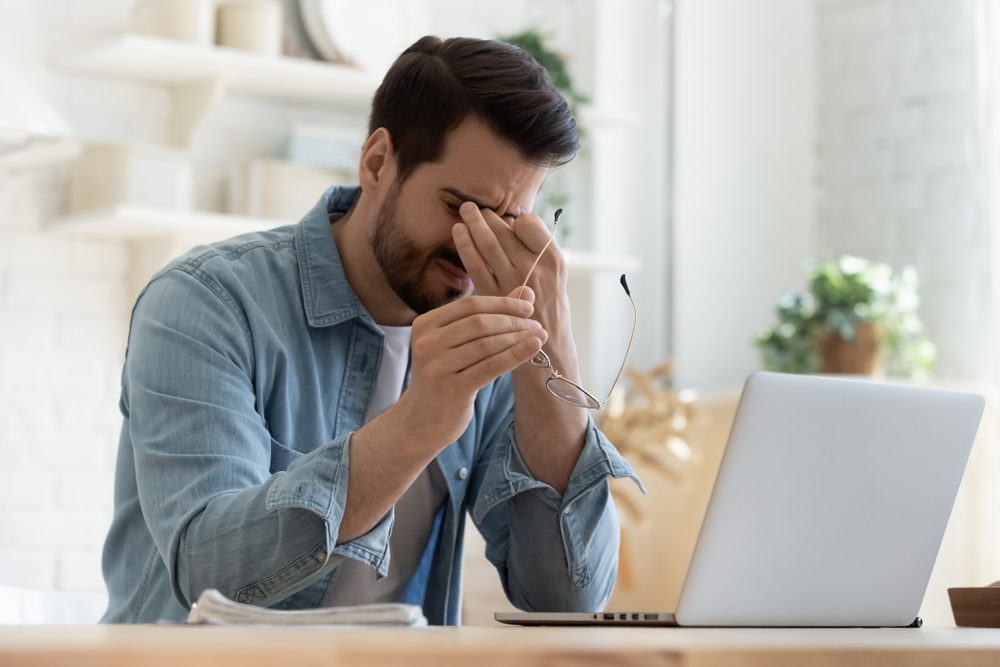Cyber Experts Warns Brits of Holiday Wifi Scams

Wi-Fi scams targeting tourists typically involve the creation of fake or compromised wireless networks that mimic legitimate hotspots found in popular tourist destinations.
Once connected, these malicious networks enable cybercriminals to intercept personal and financial information, leaving victims exposed and their bank accounts emptied.
We asked 2000 brits if they’re aware of public wifi scams, and a shocking 74% said no.
The cyber experts at Geonode have provided 10 tips to avoid being scammed:
Verify Network Legitimacy: Before connecting to any public Wi-Fi network, confirm its legitimacy with the establishment or location offering the service. Ask for the correct network name and password, and avoid connecting to networks with generic or suspicious names.
Use Trusted Networks: Whenever possible, connect to trusted and secure networks such as those provided by reputable hotels, cafes, or businesses. These networks are more likely to have robust security measures in place to protect their users.
Avoid Unsecured Networks: Public networks that do not require a password or encryption are inherently more vulnerable. Avoid connecting to unsecured networks, as they make it easier for cybercriminals to intercept your data.
Utilise Virtual Private Networks (VPNs): A VPN creates a secure and encrypted connection between your device and the internet. By using a VPN, your online activity is shielded from prying eyes, even on unsecured networks. Invest in a reliable VPN service and use it when connecting to public Wi-Fi.
Update Software and Applications: Keep your device’s operating system, antivirus software, and apps up to date. These updates often include security patches that address known vulnerabilities, minimizing the risk of exploitation.
Disable Auto-connect and Sharing Settings: Turn off auto-connect features on your devices to prevent automatically connecting to unfamiliar networks. Additionally, disable file and printer sharing options to limit potential access to your device.
Avoid Sensitive Activities: Refrain from conducting sensitive activities such as online banking, shopping, or accessing confidential information when connected to public Wi-Fi networks. Wait until you have a secure and trusted internet connection to perform such tasks.
Enable Two-Factor Authentication (2FA): Whenever possible, enable two-factor authentication for your online accounts. This adds an extra layer of security by requiring a second verification step, such as a code sent to your mobile device, in addition to your password.
Be Cautious with Personal Information: Be mindful of the information you share online when connected to public Wi-Fi. Avoid entering sensitive data like credit card details, social security numbers, or passwords unless you are on a secure connection.
Monitor Account Activity: Regularly check your financial accounts, credit card statements, and online profiles for any suspicious activity. If you notice any unauthorized transactions or unusual behavior, report it immediately to the relevant authorities or your financial institution.
Cyber expert Michael Bisona from Geonode said:
“Public Wi-Fi networks pose significant risks to users, as they are often targeted by cybercriminals seeking to exploit unsuspecting individuals. It’s crucial for users to exercise caution and follow best practices to protect themselves. Verifying network legitimacy, using trusted networks, and employing VPNs are essential steps to mitigate the risk of falling victim to Wi-Fi scams. Ultimately, staying vigilant and adopting a proactive approach to online safety is the key to safeguarding oneself from the evolving threats of cybercrime.”






